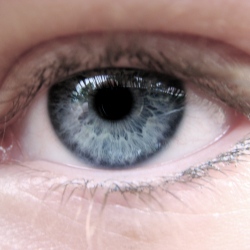
The idea of virtual reality has been around for a long time, but it hasn’t been until recently that large companies like Sony are showing interest in creating a truly interactive virtual reality experience. Much of the credit for bringing virtual reality to the mainstream is thanks to Oculus VR, who are working on making virtual reality just that: a reality.
But let’s face it, VR is still in its infancy stages and playing a VR game still doesn’t feel like being on the holodeck. There are a lot of issues with latency, or delays, in what your head is doing and what you see, that cannot just cause the experience to lose its immersive factor, but also make you nauseous.
Oculus Rift, however, is paying attention to that and has now introduced what it’s calling “time warping” to reduce those latency issues that take you out of the game and make you feel like hurling.
VR uses head movement to render scenes within its display. If you turn your head, it should feel like you’re looking around your environment. However, VR software has issues in rendering scenes as quickly as you can turn your head, which causes latency.
If you turn your head again, the software re-renders the scene, resulting in more latency. For anyone who’s played early first-person shooter games, you’re probably familiar with the headaches and nausea this can cause.
Time warping is basically a way to keep the display caught up with your head movements to make the experience feel more seamless.
Time warping continuously captures data from the Oculus Rift headset and renders the images you see based on the most recent recorded data. This prevents constant re-rendering of scenes and creates less delay between head movement and what you see.
